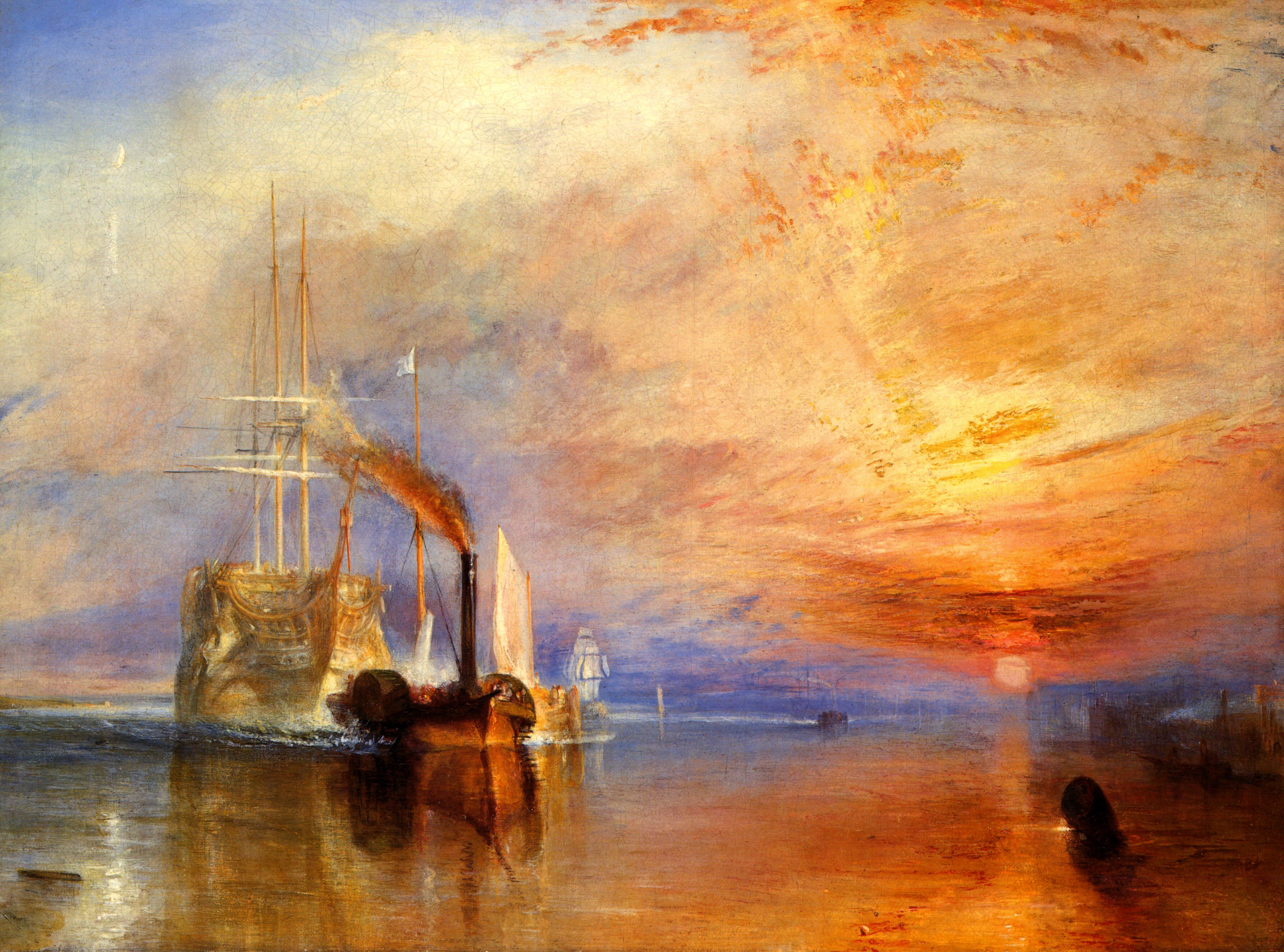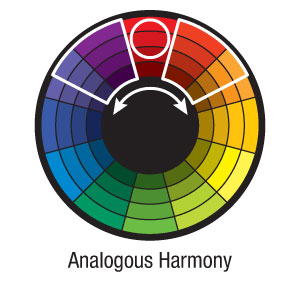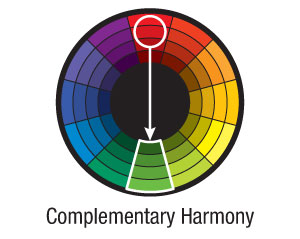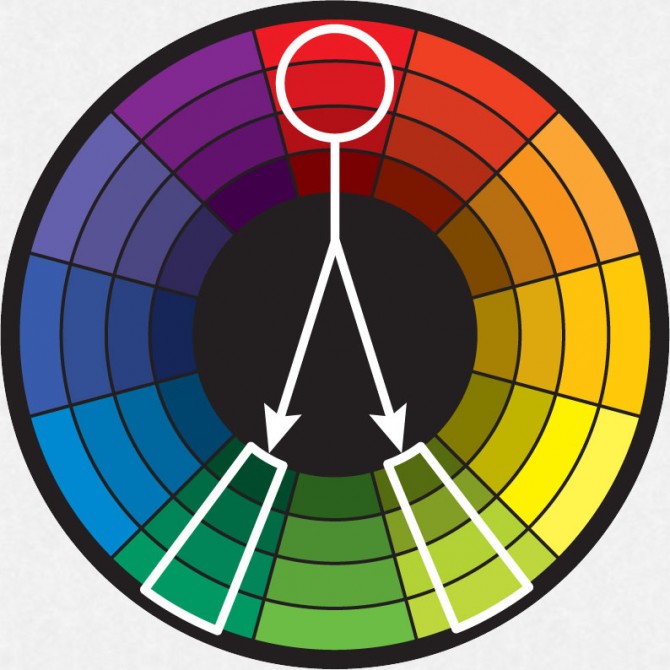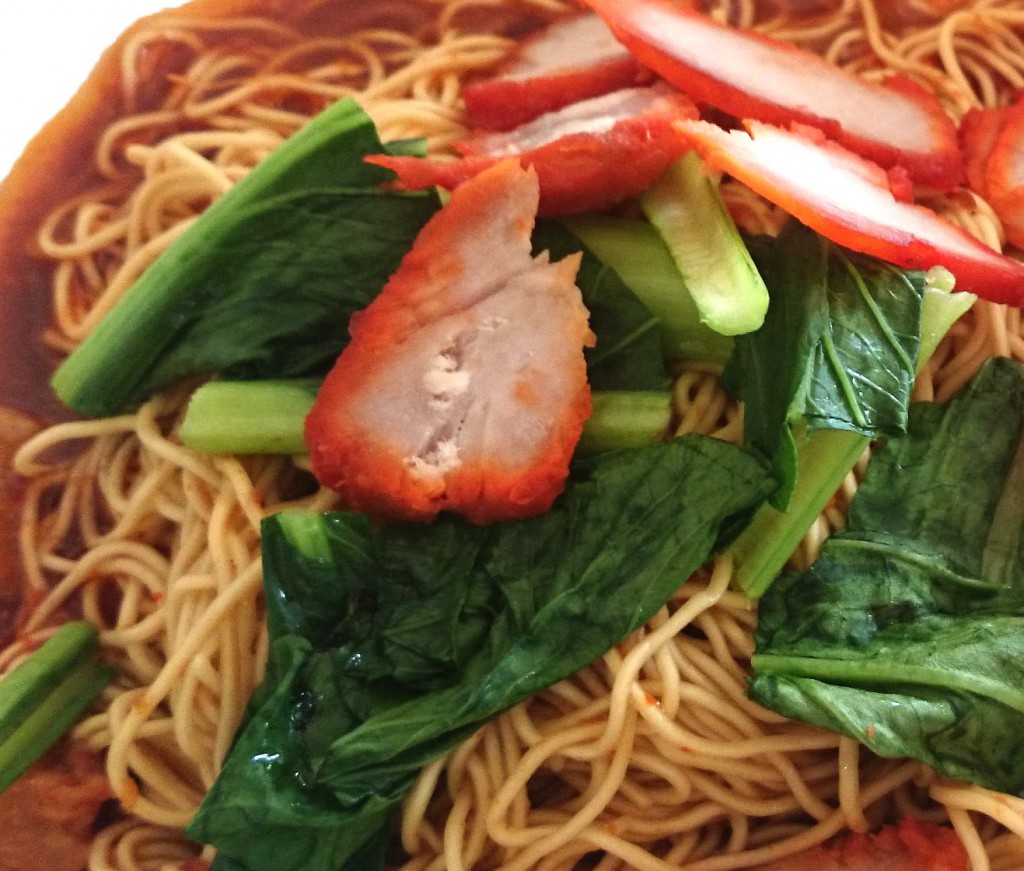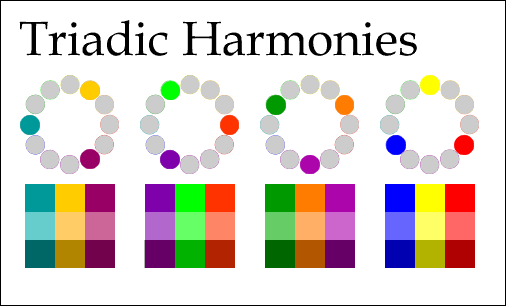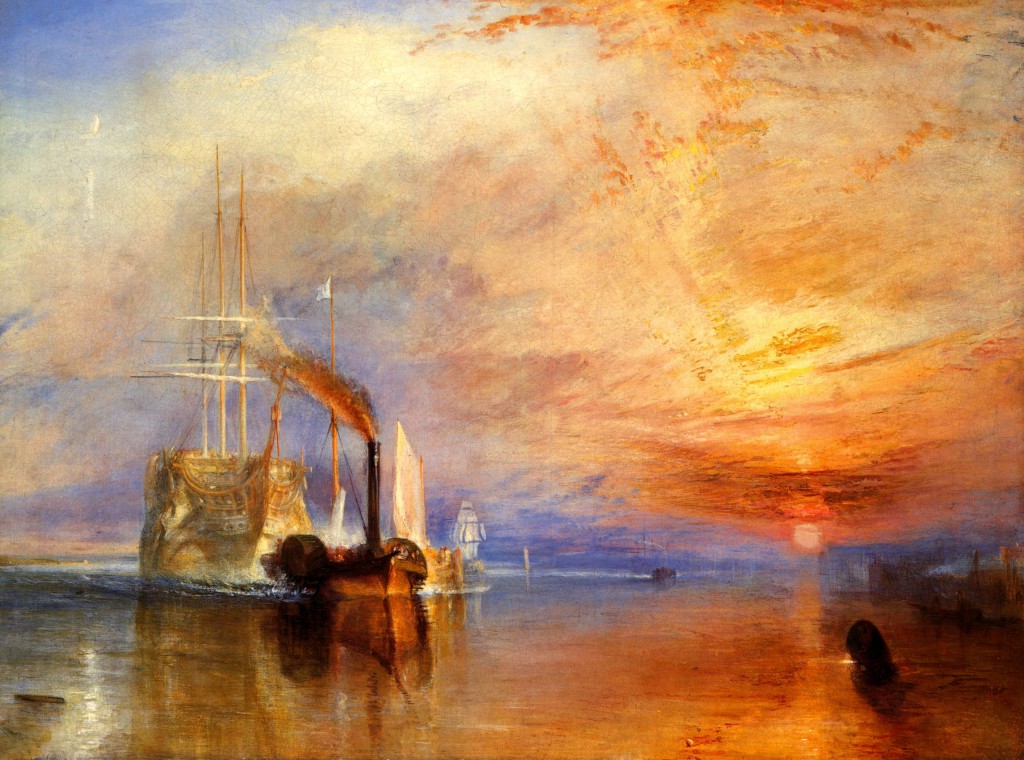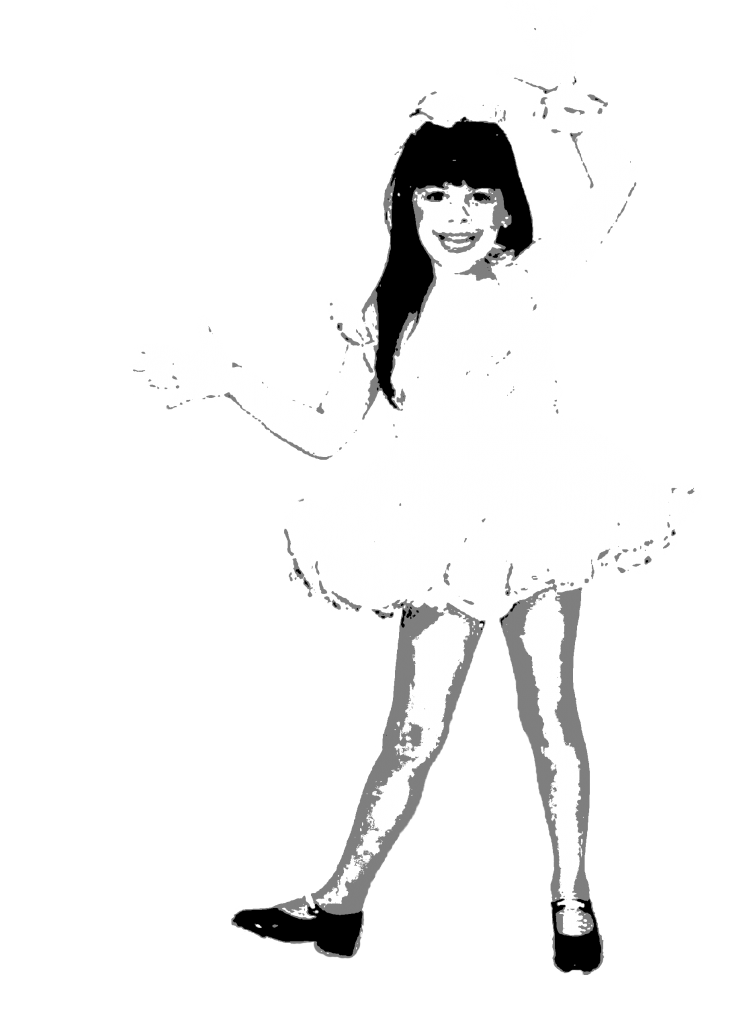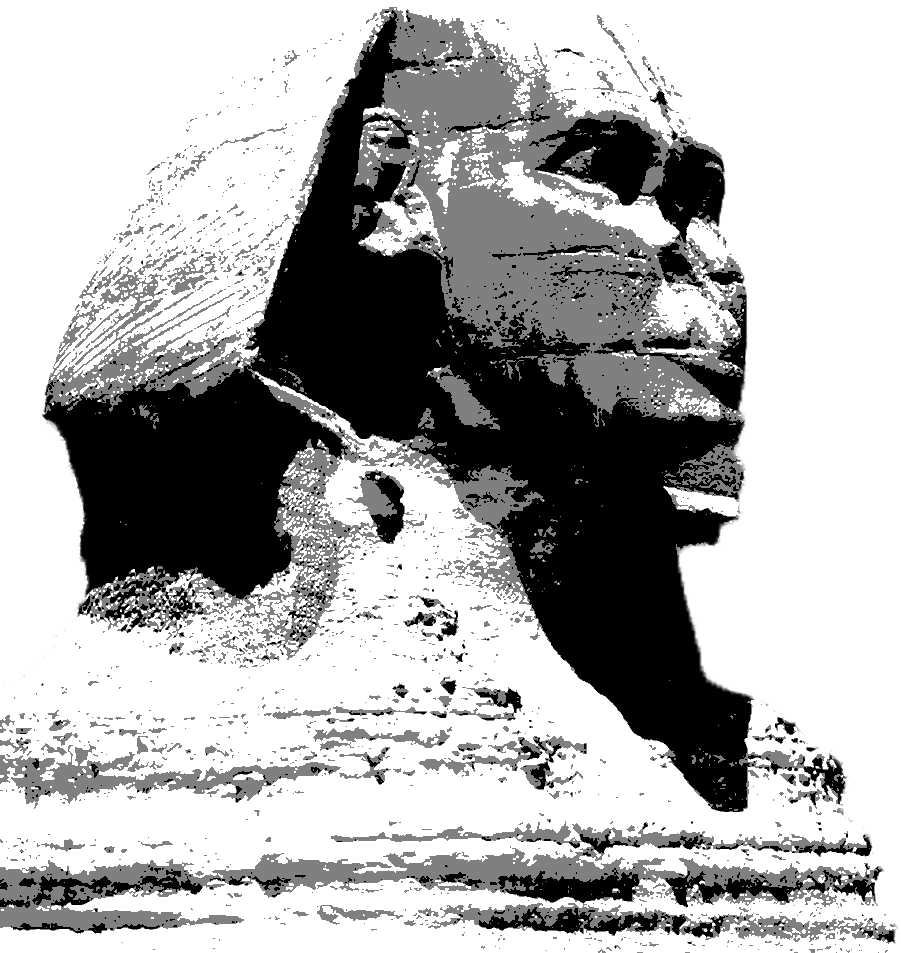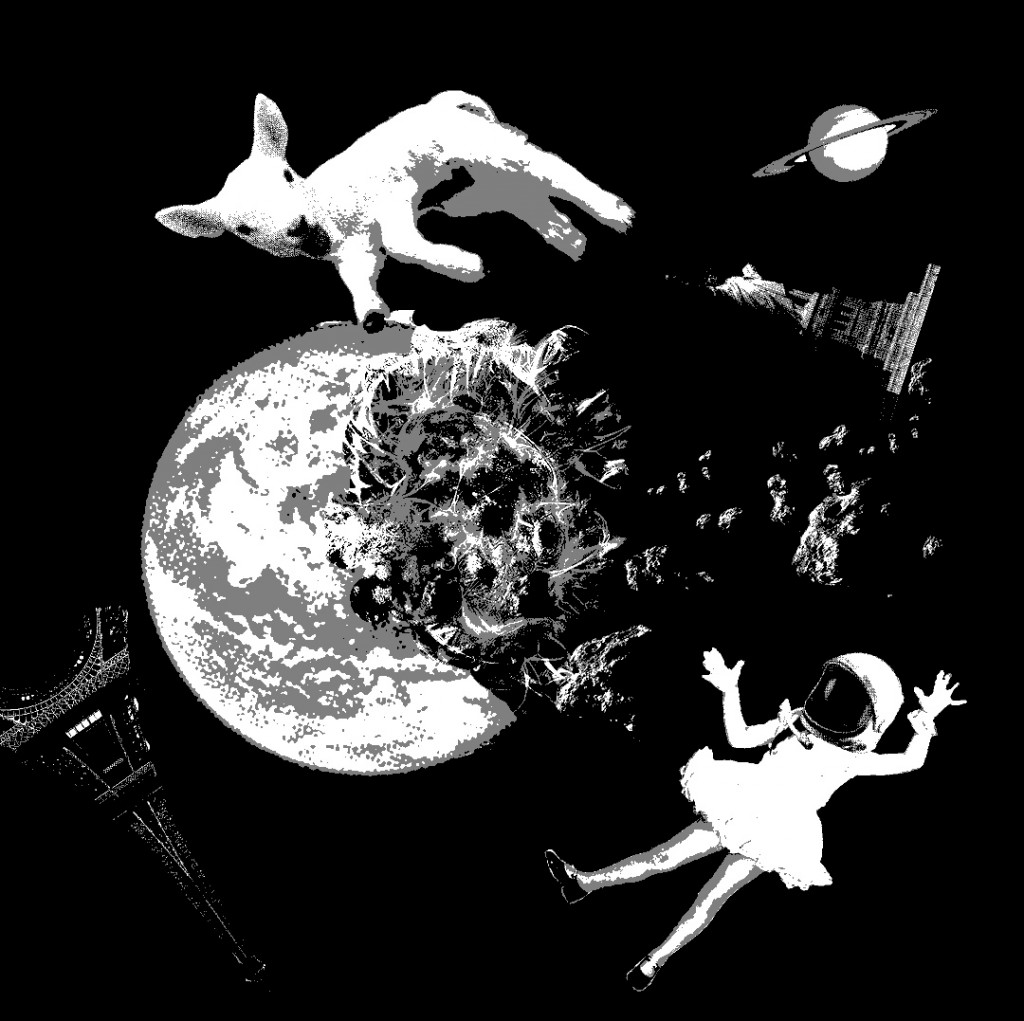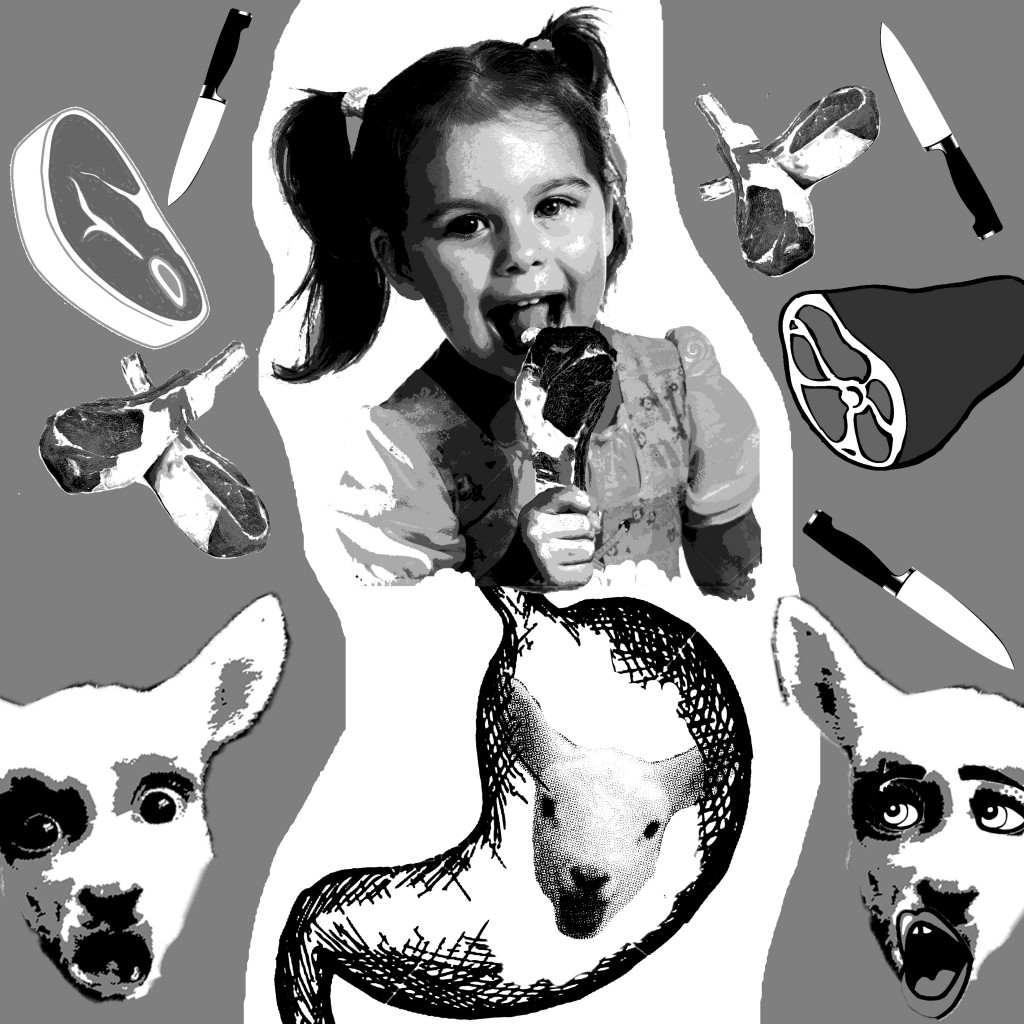
Jek Wan is a seventeen-year-old Singaporean teenager who is unsatisfied in life. His usual routine of going to school and coming home has always been mundane to him. He does well in school, but is always feeling a lack of purpose in his life. He talks to his friend one day after school and his friend doesn’t understand what Jek is unsatisfied about seeing that he’s doing well in school tests. Jek expresses that he doesn’t feel that he belongs anywhere. And he wishes that he could feel a belonging to something. While talking to his friend, his mother sends him a WhatsApp text and asks where he is and what time he would be home. But he doesn’t reply. His mother sends him another long text saying that she talked to the church pastor because she feels the family breaking up. But Jek replies that the family isn’t breaking. He tells his friend that he thinks his mother is expecting too much of having a perfect family and that it really doesn’t help his lack of feeling belonged to something, that she is pulling him in too much. He leaves his friend to make his way home to avoid having a scene with his mother.
However, on the way home, he senses something. He doesn’t know what it is, but the feeling draws him away from the route home. He finds himself drawn to the park near his place. He enters the entrance to the park and he realizes that there is a new path built into the walkway. He finds a man standing at the side of the pathway, dressed in a queer fashion. Jek doesn’t realize he’s starring at the man until the man turns to look at him and greets him and asks if there’s something wrong. Jek, suddenly realizing how rude he was for starring and he apologizes, but the man says its okay because he was expecting to see him. Jek doesn’t understand what that meant but the man tells Jek that the reason why Jek was drawn to this particular place was because Jek was meant to meet this him. The man introduces himself as Boon, the guardian of the bridge.
Jek is in disbelief but Boon explains himself. Boon slowly tells him that he was destined to cross this bridge into another dimension and that Boon is the guardian of this bridge between worlds. Jek asks why is it that it is his and no one else’s destiny. Boon simply says that it is not him who decides these things and the reason is unknown to him. Dismissing the question, Boon manages to read that Jek is unsatisfied with his life and tells him that the reason for that is because his purpose is aligned with having the permit to cross. Convinced, curious and being pulled by the desire of finding his destiny, Jek crosses the bridge with Boon.
They enter a place that looks very much like Jek’s world yet something sets it apart from the world that Jek knows. They walk around and Boon tells Jek how he’s familiar with this dimension and it gives him memories. Boon tells Jek about this world, that the people here live much longer lives compared to humans. He refers to them as Alves and says that somehow, the length of life affects the contentment of a being; the older a being is expected to live, the more acceptance they have to the things that happen in their lives. He mentions that the Alves have a life expectancy of three hundred and forty years, and its given them a lot of capability to invent things; mostly potions and elixirs that will and direct feelings to make life more acceptable which can be dangerous sometimes.
Jek doesn’t understand why Boon is giving him this access across the bridge and asks if there’s something that he’s supposed to do. Boon tells Jek that there is nothing he needs to do. All he has to do is to do what he would, that the access is his, and whatever he does will be kept in balance. Jek still doesn’t understand but doesn’t question anymore as the wonder of the new world occupies his thought.
After some time, Boon tells Jek that he has to stay there to do an errand and that Jek may cross back to his world alone. But he tells Jek that to cross to other dimensions, Boon has to be there to permit it or else the bridge wouldn’t be open. Boon also says that he may only cross the bridge alone, that no one else may follow. Jek understands this and leaves remembering that his mother would probably be waiting for him at home.
Jek is back in is world. He looks back at the bridge and the bridge is gone. He can’t believe that all that happened and he wondered if he imagined it all. He looks at the time and sees that only thirty minutes had passed since he got onto the bridge which is weird because he must’ve spent at least three hours in the other world. This just makes it more difficult to believe what happened. Jek goes home and his mother asks him where he was. Jek tells her he was with his friend, chilling under a flat.
He continues his usual weekday routine the next morning although he can’t focus as his mind doesn’t stop wandering off to yesterday evening, remembering how magical the experience was for him. He decides that he needs to go back to the bridge immediately after school. After school, he finds Boon sitting at the same spot. Boon greets Jek and is pleased to see that he craves to cross the bridge. But Boon tells Jek that he has another errand to attend to soon and will not be back when Jek comes back to his world. Jek crosses the bridge to the same dimension. He feels ready to explore. Jek moves around the place, noticing that the activity here is very much human. One of the difference that he notices is how the Alves here seem more contented in the things that they do. Jek doesn’t really stand out in the crowd as the Alves look human, apart from their unusual fashion. He passes a place he recognizes to be an outdoor bar or club in a human context. He realizes these potion-like bottles that they drink from and he sees how they seem content with their drink. Jek accidentally bumps into an Alve and the Alve asks him to watch his way. Jek realizes that he can understand the Alve and wonders if they speak the same language, or if this is just some enchantment of the bridge he crosses. He follows the Alve because he doesn’t really know where to go. The Alve leads him to a potions shop.
Jek takes a look around the potions shop and is surprised that he can understand their labels: Joy, Peace, Grace, Happiness, Hope, Comfort, Love… many different kinds of labelled potions that fill the shop, including some other weird apparatuses. He looks at the particular potion of Happiness because the vial which it is contained in looks much more ornate in design as compared to the rest. He loves the look of the potion and feels a strong urge to take it. He imagines how it would satisfy him in his own world. Or it would satisfy his mother or anyone else for that matter. He puts it in his bag and briskly walks out of the shop. However, the shopkeeper realizes that his potion is missing just a moment later and recognizes Jek who was in his shop and sends for someone to go after him.
Jek walks briskly, turns his head and realizes someone is following him and he starts to run in the direction of the bridge. Jek panics, dashes to the bridge, crosses it, hoping he has lost the Alve. The Alve manages to follow Jek across the bridge. Jek sees this and calls for the Alve to stop. But that’s too late…the Alve dies as he steps into Jek’s world. Jek is shocked as he looks at the corpse of a young Alve about Jek’s age but probably much older in human years. The bridge disappears along with the corpse after awhile. He looks around hoping that Boon is around somewhere but he’s not. He is traumatized. He then remembers the potion which he stole and drinks it hoping it would ease the trauma. He finds that he can suddenly come into acceptance of what happened, but Jek is no longer the way he was.
Jek continues living his life in his world. He knows what happened couldn’t have been some imagination. He’s not traumatized by it anymore and he is unusually alright. Yet he knows something is wrong and he finds that the vial hasn’t helped him to feel belonged to a place. But he knows what he wants. He goes back to the bridge. Hoping that he would find Boon. Boon finds him instead.
Jek asks for advice on what to do. He can’t live life knowing that there are things bigger than his world. It’s a reality he wishes himself to be in. Boon gives him a choice to choose to live a life of a guardian where he can live long with the aid of elixirs and herbs and potions. Jek takes little hesitation before agreeing that he should join Boon in the duty of keeping order between dimensions.
Back at Jek’s home, it is evening and Jek’s mother senses that something is wrong. She turns to Jek’s sister and asks “where is Jek?”


